The European Union’s new directive (PE-CONS 79/14) on minimum infrastructure requirements for alternative fuels has been welcomed by Gasrec, a supplier of liquefied natural gas to the transport sector.
The directive requires each member state to produce an alternative fuel deployment strategy within two years along with new common technical standards.
The strategies or national policy frameworks will set out national targets for refuelling facilities using various ‘clean fuels’.
Gasrec said the move will provide long-term security for investors in vehicle and fuel technology, and new refuelling infrastructure.
Gasrec, which has pioneered the development of bio-LNG (liquefied landfill biomethane and LNG) for transport and supplies more than 60% of gas powered HGVs on UK roads, said this provides a welcome boost in confidence, particularly for retail, logistics and transport companies switching to gas or growing their existing gas fleet.
Rob Wood, Gasrec’s CEO, said: “This is an extremely positive development from the EU which will help drive user demand for clean fuel vehicles and encourage manufacturers to increase production of these vehicles at competitive prices. This will certainly drive more businesses to adopt gas vehicles and help them cut both fuel costs and pollution from their HGV fleet.
“As the largest supplier of liquefied gas for transport in the UK, we look forward to supporting government in the development of an alternative fuel deployment strategy. It is essential for the industry that LNG refuelling facilities are widely spread and built to common standards. We look forward to sharing our experience to ensure this happens as quickly and efficiently as possible.”
The EU deadline for having refuelling infrastructure in place will range from 2020 to 2030 depending on the fuel type, vehicle development and region. For example, the directive stipulates by the end of 2020, member states should install enough refuelling points for compressed natural gas (CNG) to be available in cities and suburban areas, while liquefied natural gas (LNG) refuelling facilities must be in place by the end of 2025 along core transport networks to cater for heavy vehicle demands.





















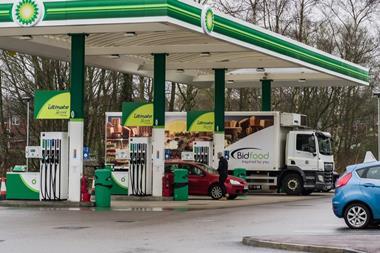
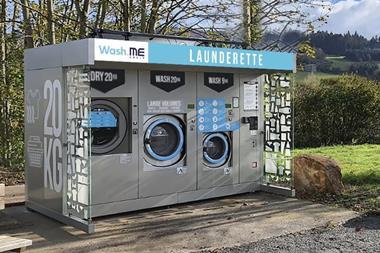
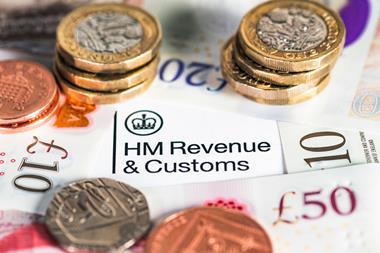
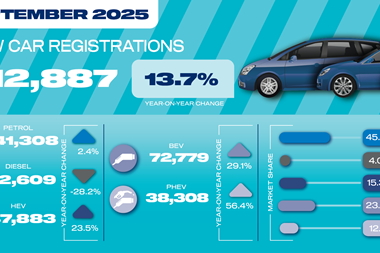

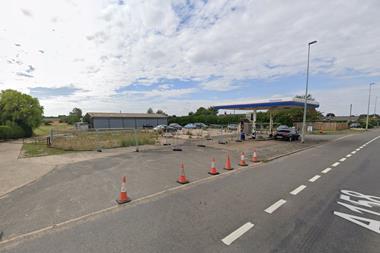





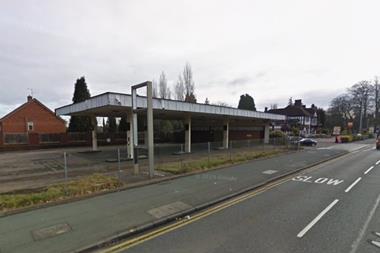
No comments yet